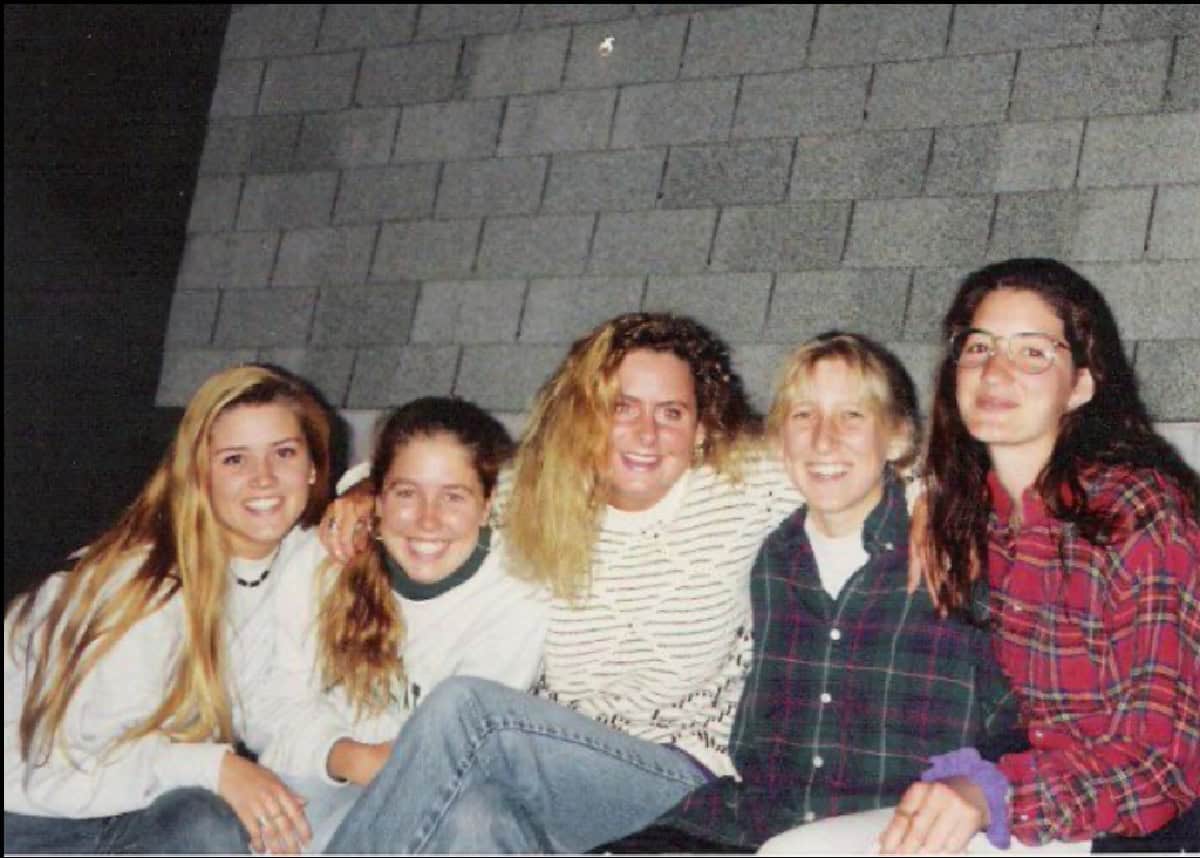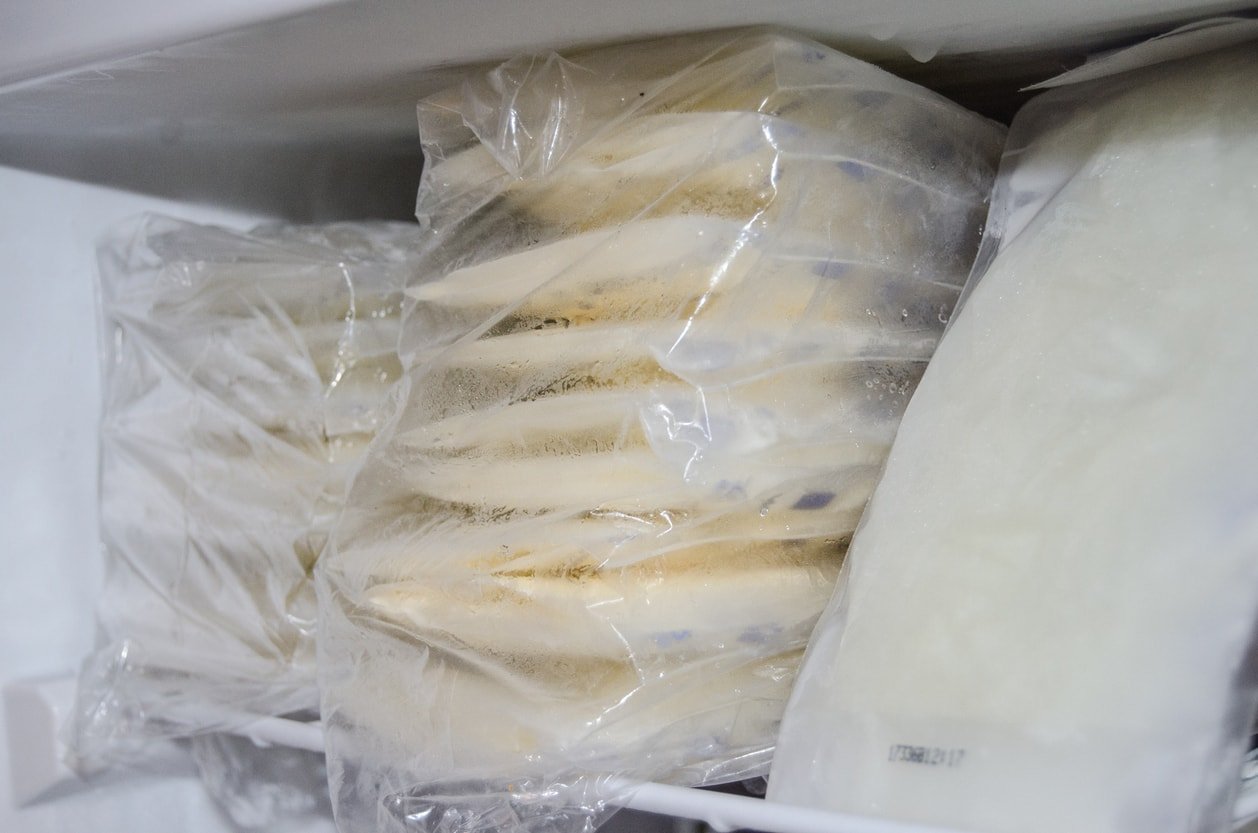Whether you are returning to work or come across an unforeseen reason you need to be apart from your little one, having a breast milk freezer stash can put your mind at ease. It is the ultimate dream and can give a breastfeeding mom much peace of mind. You never know when something will take you away from your little one for a time, and a little preparation can feel good when you learn how to build a breast milk freezer stash.
When you begin your breastfeeding journey, a breast milk freezer stash might feel unobtainable, but don’t worry, mama, you are reading the right article. Following these tips, you will build your breast milk freezer stash before you know it.
When it comes to starting to build your breast milk freezer stash, you can add a few steps to your daily routine. An essential piece of the puzzle is to start thinking about when you will first be separated from your little one. For example, if you know the date you will be returning to work, aim to start establishing your freezer stash a few weeks before your return date.
Here are some more tips to help you build your breast milk freezer stash.
Today, many “let down milk collectors” are available for sale. You may see them called “catchers,” “collectors,” or “savers,” or something like that, but generally, they all work the same way. These collectors catch expressed milk on the opposite side you are breastfeeding during your letdown. Although the amount you may catch may not be enough for a full feed for your little one, it is the perfect way to start storing breast milk. And who knows, you might even be surprised at how much you collect this way.
When you’re on a mission to create a freezer stash of breast milk, you will become very familiar with your breast pump. Start by picking one or two daily sessions to pump 10-15 minutes after each feed. This can increase as needed. One of the best times to pump after feeding is in the early morning when your supply tends to be the highest. During the night and early morning hours, prolactin levels are at their highest, decreasing slowly throughout the day. Prolactin is essential in initiating and maintaining milk production. By staying consistent with pumping after feeding, you will let your body know how much milk your body needs for your baby. Don’t overdo it; you don’t want to be engorged.1,3
Maintain a Pumping Schedule at Work
If you are a mother returning to work, you might worry if your freezer is not full, but please don’t! You will continue to pump each day while you are at work. It will be essential to squeeze in as many pumping sessions as you would have breastfeeding sessions at home. This will ideally provide you with enough milk for your baby the next time you are apart and continue to build your freezer stash of breast milk.
The two main things a stash of breast milk can bring to a mother are confidence and peace of mind. As you start to see your breast milk freezer stash grow, you can rest easy knowing if an emergency comes up, you have a backup for your little one during your time apart. I don’t know about you, but I like to be prepared for everything since becoming a mom. And that included a “just in case” breast milk stash in the freezer.
Another benefit of a breast milk freezer stash is the little bit of freedom it can bring to a mother. If you have an opportunity to run out to dinner with a friend, go on a date night with your partner, or you want to run an errand on your own, having milk at home can allow you the chance to enjoy these outings without feeling like you must rush home to breastfeed.
Due to breast milk’s antibacterial, probiotic, prebiotic, antioxidant, and immune support properties, proper breast milk storage is paramount. The following steps can help ensure you properly collect and freeze your breast milk to maintain its amazing properties for your baby.2
- Wash your hands thoroughly before beginning to express milk.
- Express your milk into a clean container using clean pump parts.
- Label the container or milk storage bag with the date, time, and amount. You may even add your baby’s name if stored in a setting other than home. Some also label what they ate before the pumping session in case their child has a reaction to the milk.
- When freezing breast milk, it is a good idea to divide it into expected volumes the baby takes at feeding so as not to let any go to waste.
- Ensure the freezer is maintained at 24.8 degrees Fahrenheit to -4 degrees Fahrenheit. Place the milk in an area with a low risk of damage to the bags or containers in the back of the freezer. Placing it in the back of the freezer will have less chance of being exposed to warmer temperatures when someone opens the freezer.
- Use your breast milk stash within six months (optimal recommendation) to 12 months of freezing.
Here is how to properly thaw and use frozen breast milk.
To thaw your frozen breast milk, place it in the refrigerator overnight, sit it in a warm container of water, or run the container under warm water. It is important to note that the Academy of Breastfeeding Medicine says thawing in the refrigerator is a slower process that results in less fat loss in the breast milk than sitting frozen milk in warm water to thaw.2,4
When breast milk is thawed to room temperature, pour it into a clean feeding device. Thawed milk should be used within 24 hours, and if it’s brought to room temperature, it should be used within two hours.2
Here are some tips to help you build and maintain a breast milk freezer stash.1
- Don’t stress about pumping immediately; enjoy breastfeeding with your little one. Establish the breastfeeding relationship before introducing bottles and worrying about pumping.
- Be sure to work on introducing a bottle to your little one before you are apart for the first time. You want to ensure they are comfortable with the change in feeding method and can take the bottle. This might not happen immediately, so keep practicing and don’t force it.
- Your breast milk freezer stash should never be used instead of pumping or breastfeeding. This can impact your breast milk supply, and you could see a decrease. Always pump to maintain your breast milk supply even when your little one is receiving a bottle.
- Contact your healthcare team and lactation specialist if you are struggling with pumping. They can help troubleshoot. It may be as simple as using the incorrect flange size while pumping.
- Before returning to work, talk to human resources or your manager about what your pumping breaks will look like. Ask where you will be able to pump and how often. Try your best to make your pumping spot comfortable, do your best to relax, and maybe even look at a picture of your little one while pumping.
Leaving your baby can be emotionally and physically challenging, especially the first few times. Although having a breast milk freezer stash won’t totally ease your mind while you are away, you will at least ensure your little one has enough milk while you are apart. With some extra work, your freezer stash will grow before you know it. Keep up the hard work, mama; you got this!
Sources
1. https://llli.org/
2. https://doi.org/10.1089/bfm.2017.29047.aje
3. Wambach, K., & Riordan, J. (2016). Breastfeeding and human lactation. Jones & Bartlett Learning.
4. https://www.bfmed.org/pdf
This article contains affiliate links. These opinions are our own. However, if you buy something, we may earn a small commission, which helps us keep our content free to our readers. Check out our Chick Picks Shop to see more of our recommended products. It’s our carefully curated shop of products we love and recommend! ❤️

 PARENTING TIPS
PARENTING TIPS







 PREGNANCY
PREGNANCY








 BABY CARE
BABY CARE








 TODDLERS
TODDLERS








 TEENS
TEENS








 HEALTH CARE
HEALTH CARE






 ACTIVITIES & CRAFTS
ACTIVITIES & CRAFTS








 CONTACT
CONTACT ABOUT
ABOUT

